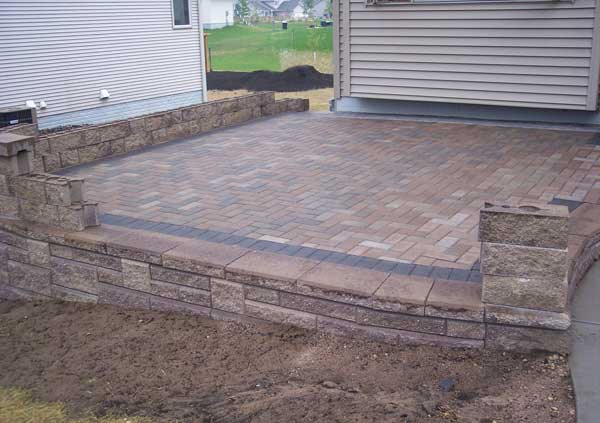Hardscape 101: Design Guides
If you're creating a new outside space (or overhauling the hardscape you already have), we'll help direct you, from starting to end.
Start by dreaming huge-- you can control your wildest concepts later on, if need be. Make a list (even if it's a mile long) of whatever you desire in your landscape: deck, patio, swimming pool, outside kitchen, edible garden, outside shower. Then use our Design Guides to help you separate the musts from the maybes.
Read our Hardscape 101 design guides to see thousands of images of garden spaces to find what you love, with an eye to design, colors, products, and furnishings. You'll see particular styles emerge-- and then you'll be all set to set a budget.
Where to spend lavishly and where to save? Some things worth spending on: a master strategy, masonry to offer your garden great bones, quality materials to stand up to the components, personal privacy, and workmanship. Ways to save: usage gravel rather of pavers on courses, recycle existing materials (bricks, stone, pickets), purchaser smaller plants, and use mix-and-match furniture.
Little details can have huge impact in a landscape. Ensure hardscape materials-- stone, pavers, concrete, gravel, wood, paint, hardware-- all work together, and likewise complement your house's architectural style.
In our Hardscape 101 design guides, it's our objective to debunk garden style. And keep in mind: it doesn't matter if you're a first timer or a master garden enthusiast: you can do this.

Hardscaping 101: Decks & Patios
Think about a deck or outdoor patio as an immediate additional room. Absolutely nothing will expand your living space much faster.
The difference in between a deck and an outdoor patio? A patio is constructed at ground level, on a flat surface area, and typically is constructed of a "permanent" material such as stone pavers, brick, or poured concrete. A deck floats in the air, supported by footings, at a height of anywhere from a few inches to lots of feet and can be developed on an existing slope.
Deck frames typically are built of wood or steel supports. Deck flooring options consist of natural wood, composite materials, bamboo, and pressure-treated lumber. For an introduction on options (and their http://www.bbc.co.uk/search?q=Montclair Hardscaping costs) see Everything You Required to Learn About Decking Materials.
For more advantages and disadvantages, read our Hardscaping 101 guides on bluestone, brick, wood deck tiles, stone deck tiles, disintegrated granite, and concrete (pre-cast and poured-in-place) to identify which decking material or pavers to utilize for your deck or patio.
Hardscaping 101: Driveways
Driveways frequently get considered approved. They deserve better. When it pertains to developing curb appeal, the entry roadway that connects a house to the general public thoroughfare is often a house's most popular hardscape feature.
" An attractive driveway will increase resale worth if a property owner ever wishes to offer-- and in the meantime will welcome you house every day," writes our factor Kier Holmes.
Are you designing a new driveway? Step one: Montclair Hardscaping Design and function need to marry. To set out a driveway, start by studying the shape and contour of the land. How huge is your home? Are there dips and slopes to navigate between the public roadway and your house? Take into consideration the variety of parked vehicles you will desire a driveway to accommodate and whether you will need to allocate square footage for a garage.
Your driveway's design will depend on its size, shape, and the product you utilize to pave it. If you reside on a hectic street, think about a horseshoe driveway to make it simpler to pull out into traffic. If your Montclair hardscaping ideas home is held up from the road, consider a curving driveway to produce a country-lane effect. On a smaller sized lot, a simple, straight driveway sited on the edge of the property might be the very best choice.
The product you pick to surface a driveway needs to match the architectural design of the house. Pavers, gravel, grass block pavers, asphalt, and poured-in-place concrete are all common options. Which is the very best option for your environment and surface? Read on: